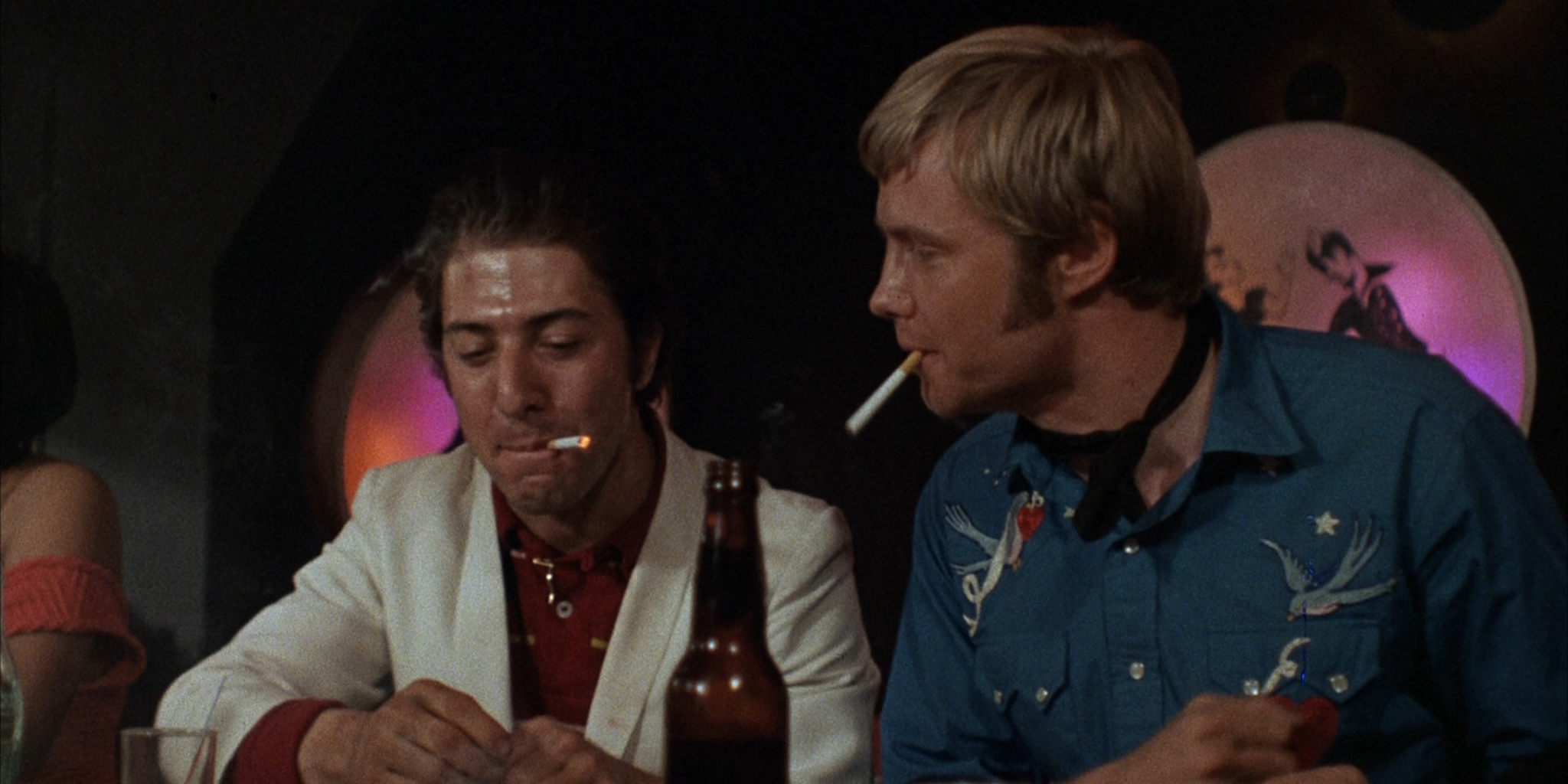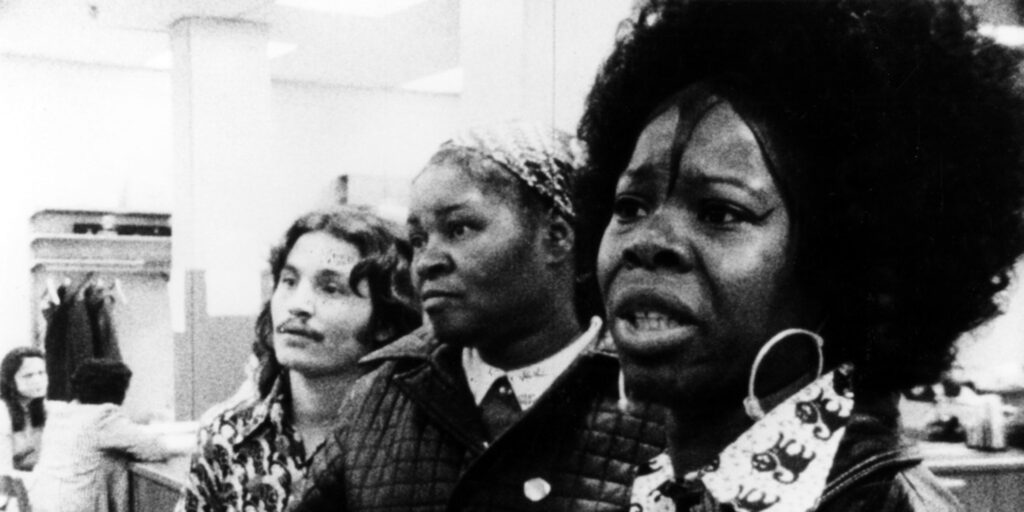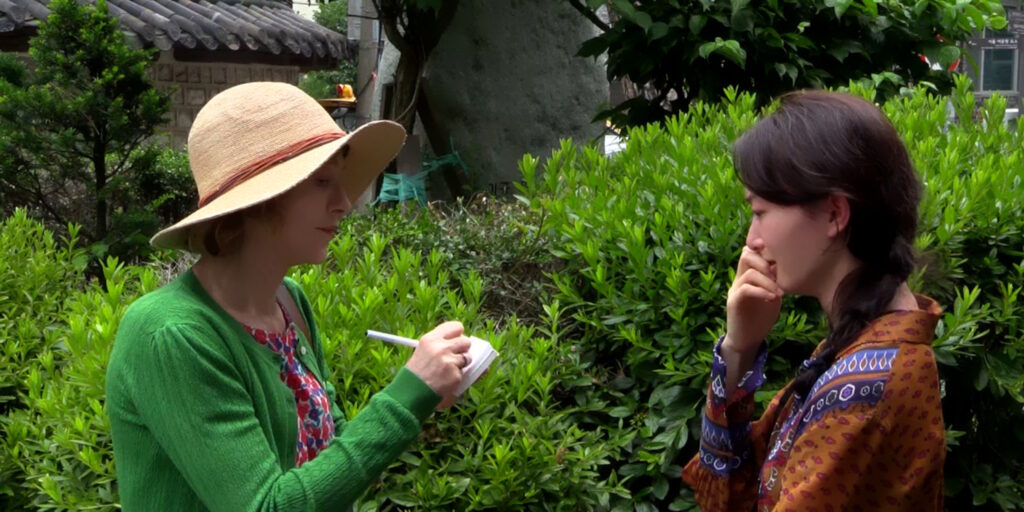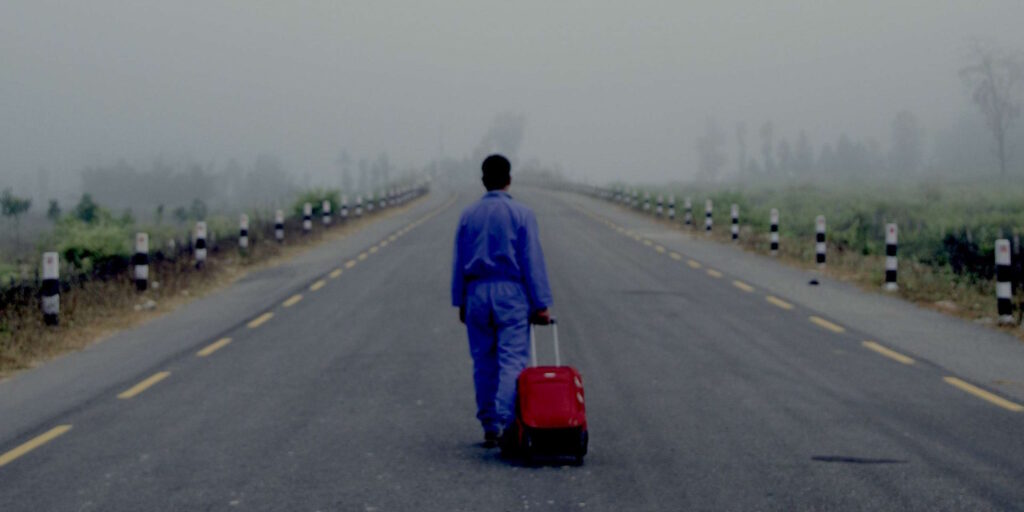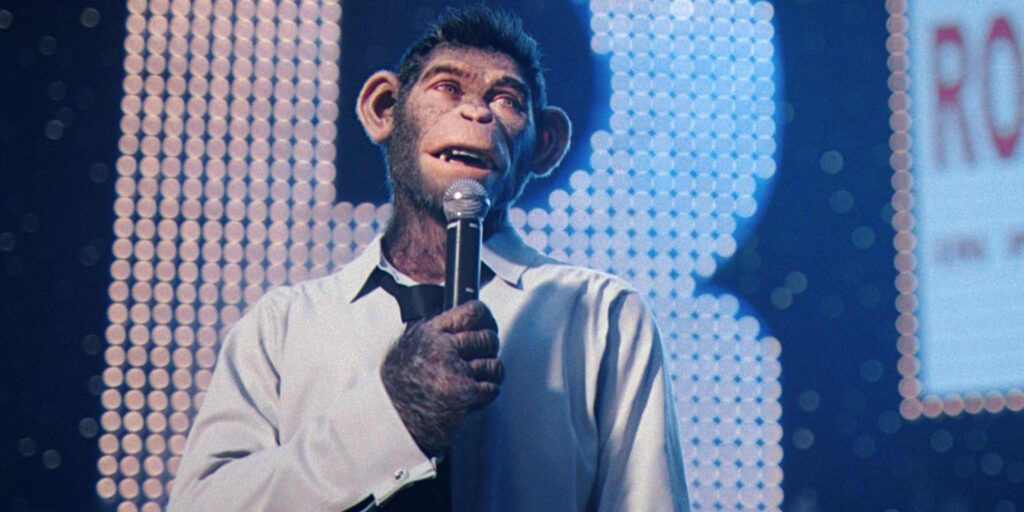[Note: This essay was originally published at Cinema St. Louis’ The Lens.]
In the spring of 1969, the popular conception of New York City among the American movie-going public – or, perhaps more accurately, the white, middle-class American movie-going public – was informed to a substantial degree by a fading Technicolor illusion. The New York film that had dominated the pop-cultural consciousness early in the decade, 1961 ‘s West Side Story, was an eye-popping Broadway adaptation, hardly the stuff of gritty urban realism. In the following years, mainstream cinematic depictions of the city were thereafter dominated by musicals, romances, comedies, and the odd musical romantic comedy. Many of these were also adapted from the stage: Two for the Seesaw (1962), Critic’s Choice (1963), Sunday in New York (1963), How to Murder Your Wife (1965), A Thousand Clowns (1965), Any Wednesday (1966), Barefoot in the Park (1967), How to Succeed in Business Without Really Trying (1967), Funny Girl, and The Odd Couple. The latter two features, both premiering in 1968 and making an impressive splash at the box office, were the first New York films that finally gave Robert Wise and Jerome Robbins’ hit musical a run for its money. (Along with Rosemary’s Baby, that left-field outlier in so many ways.)
To discern a more authentic, less savory vision of New York – one lurking beneath the studio dazzle, crowd-pleasing hijinks, and Neil Simon wisecracks – one would have had to look, unsurprisingly, to the B-pictures that were sneaking their way into theaters in the mid- to late ’60s. The New York-set neo-noirs and thrillers of this period unearthed a grimier side of the city: Sidney Lumet’s shockingly cynical character study The Pawnbroker (1964); Larry Peerce’s raw-nerved subway thriller The lncident (1967); Gordon Douglas’ hard-edged police drama The Detective (1968); the brutally violent Coogan’s Bluff (1968), the first collaboration between director Don Siegel and Clint Eastwood; and Shirley Clark’s overlooked but groundbreaking proto-blaxploitation street drama The Cool World (1963). Even Wait Until Dark (1967) – a smash hit with a real movie star in the person of Audrey Hepburn – suggested a disquieting urban anxiety: The violence of the drug underworld smuggling its way into the lives of Manhattan’s artistic and professional class.
All this is to say that the quote-unquote Real New York was always there, waiting for its moment. That moment came with the arrival of Midnight Cowboy – director John Schlesinger’s radical, scuzzy, psychedelic masterwork – in May of 1969. Even with the benefit of hindsight, the film’s commercial success remains remarkable. This is, after all, a seedy, downbeat drama about the dysfunctional friendship between a guileless male prostitute and a slimy conman, shot on location in New York for a modest $3 million. If there was a better sign that a confounding rift had opened in mainstream American culture, it was surely that this film, of all films – whose plot features both gay oral sex in a Times Square theater and a Warhol-inspired druggie bacchanalia – managed to become the No. 2 box-office hit of the year, solidly trouncing that other New York film of 1969, the throwback Gilded Age musical Hello, Dolly! Moreover, Midnight Cowboy wasn’t merely a populist hit: It won three Oscars, including Best Picture, making it the only X- or NC-17-rated feature ever to do so.
British filmmaker Schlesinger was blessed with an outsider’s viewpoint when he came to New York City to shoot Waldo Salt’s adaptation of the 1965 novel by James Leo Herlihy. In just four years, the London-born director had made three well-regarded small-scale dramas for the U.K. B-picture studio Anglo Amalgamated, before being tapped by MGM to helm a 1967 adaptation of Thomas Hardy’s Far from the Madding Crowd. There is little sign in Schlesinger’s early filmography of the rough-edged yet hallucinatory sensibility he brought to Midnight Cowboy. Chalk it up to his eagerness as a thrice-othered stranger in a strange land – British, Jewish, and gay – to breathe in the sticky garbage-water miasma of New York City and savor its nowhere-else-on-earth funk, not unlike his film’s gormless pretty-boy protagonist, Joe Buck.
For Joe – a small-town Texan Army vet working in a greasy spoon – New York is his Big Rock Candy Mountain, a dazzling Babylon where a good-looking stud like himself never has to do any real work. Wealthy, older women will pay him handsomely for his sexual prowess, or so he believes and cheerfully tells anyone who will listen. Needless to say, Joe’s plans go awry from the moment he steps off his bus at the Port Authority, his ambitions for a life of ease undone by his own country-boy naivete and the predatory callousness of Gotham street life. That cruel setting is more than a mere backdrop in Midnight Cowboy. Foremost among the reasons for the film’s historical significance is its status as a trailblazing feature in what might be termed the “New York Shitty” movement. From roughly 1969 to 1976, a succession of bleak street sagas, low-rent thrillers, grubby satires, and blaxploitation flicks put the ugliest side of New York on display for all the world to see: The Landlord (1970), The French Connection (1970), Little Murders (1971 ), Shaft (1971 ), Across 110th Street (1972), Super Fly (1972), Mean Streets (1973), Serpico (1973), Death Wish (1974), The Gambler (1974), The Taking of Pelham One Two Three (1974), Dog Day Afternoon (1975), and Taxi Driver (1976), which was arguably the apotheosis of this cinematic current.
However, when Midnight Cowboy first pulled back the curtain on this nastier New York City – the pimps and hustlers, the rats and garbage, the drug dens and porn theaters – it was undoubtedly startling for the mainstream Middle American viewer. They might have suspected in their more reactionary moments that the Big Apple was a cesspool of misery and wantonness, but they had never had it thrust into their faces in such a blunt manner. This made Schlesinger’s feature revolutionary, but what makes the film truly novel, even 50 years later, is the way that it blends this sleazy verisimilitude with a hallucinatory sensibility that is very much of its moment. While 1968 was arguably the peak of the psychedelic film – with the likes of Barbarella, Head, Psych-Out, Yellow Submarine, and the year’s unlikely box-office smash, 2001: A Space Odyssey – 1969 gave the subgenre two of its most essential entries, first in Midnight Cowboy and then in Easy Rider, released just two months later.
Compared to the surreal works that would follow in the next decade from filmmakers like Ken Russell, Alejandro Jodorowsky, and David Lynch, Schlesinger’s feature feels relatively earthbound. What’s critical is how the director employs the film’s trippier elements. They appear most obviously during a chic, drug-fueled party at an artist’s loft, but perhaps most essentially in the film’s flashbacks and dream sequences, which give Midnight Cowboy a subjective, inward-facing quality that is rare in the otherwise ruthlessly grounded New York Shitty canon. Schlesinger uses quick flurries of shots to convey details from Joe’s unhappy past, turning lurid backstory into a recurring nightmare of post-traumatic anxiety and hellish images. Formative events that are spelled out in graphic detail in the original novel are only barely hinted at here or excised completely an effort to denude Joe’s story of its more explicit queerness. Fortunately, Schlesinger’s directorial hand is so self-assured, the film’s more surreal sequences feel less like self-censoring obfuscation than intimate psychological realism, an effort to capture the ineffable sensation of memory and fantasy.
Ironically, it is Joe’s wormy, dyspeptic hanger-on and eventual flatmate, Enrico”Ratso” Rizzo – played by Dustin Hoffman with maximal whiny, sweaty wretchedness – who has the more flamboyant daydreams. His Utopia, it turns out, lies on the sunny beaches of Miami, where he envisions that he and Joe will live like yacht-club kings on the checkbooks of grateful, horny dowagers. Even if one knows nothing of Midnight Cowboy‘s twists and turns, the sheer absurdity of Ratso’s candy-colored reveries is enough to foreshadow that he and Joe are almost certainly not headed for a happy ending in the Sunshine State. They do, however, get closer than one might expect, and the forlorn, bittersweet character of the film’s final scenes resonates in a manner that underlines the feature’s sneakiest strength: Its poignant depiction of an unlikely, contentious, and yet weirdly tender friendship forged on the margins of society. More than the grime and the weirdos, more than “Everybody’s Talkin'” and “I’m walkin’ here!,” this is what echoes through the decades. Joe might be a sexually confused, dimwitted bumpkin, and Ratso might be a peevish, revolting little swindler, but they’re also both profoundly lonely souls, and they’ve latched onto each other for reasons that they probably don’t understand themselves.
Sniffier critics will always attempt to puzzle out the specific nature of Joe and Ratso’s relationship, to read between the lines of the film’s tremendous performances and at-times enigmatic imagery. Is there stifled sexual attraction or even romantic love at play, from either man or both? Schlesinger, ever the cunning dramatist, seems to have apprehended that such questions might matter to curious filmgoers who are scandalized or titillated by the film’s queerness, but they ultimately don’t matter to people like Joe and Ratso, who live smack in the middle of a city but somehow also on its outermost edges. Whether in the gooey heat of summer or the bone-cracking cold of winter, New York is a hell of a lonely place. When you find another like-minded survivor who will share what they have with you – a place to sleep, a stolen coat, a can of soup, or their last cigarette – who cares what name you put to it?
